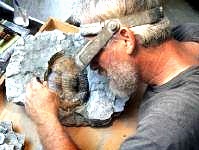
Preparing an Isotelus maximus
The art of preparing a 8” Isotelus maximus. Picture by the Columbus Dispatch, Columbus, Ohio.
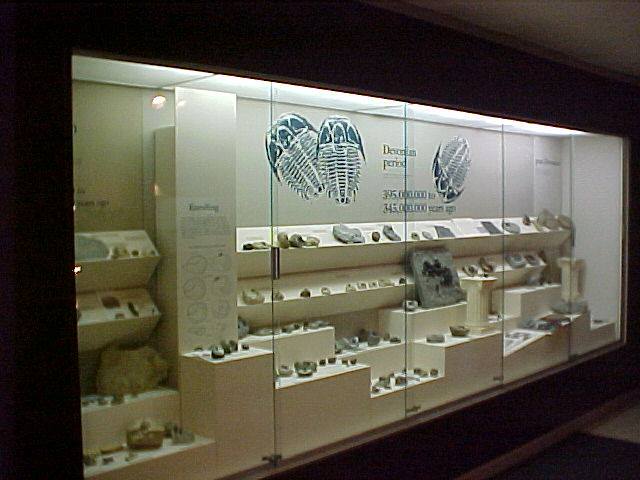
Trilobite Exhibit
Devonian Trilobite Exhibit created by the USNMNH Smithsonian Institution in 1985. This gallery was closed in 1989 and loaned to me and resurrected in my shop, The House of Phacops. Now open and free to the public.
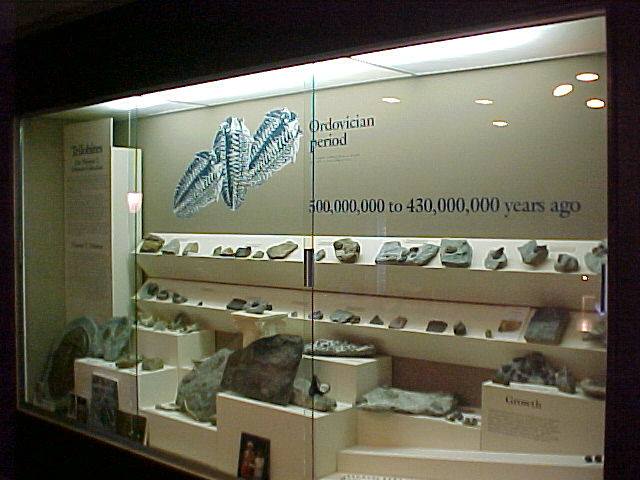
Ordovician Trilobite Exhibit
Now on Exhibit at the House of Phacops, this exhibit was created in the USNMNH Smithsonian Institution in 1985 and closed in 1989. Now on permanent loan and open to the public.
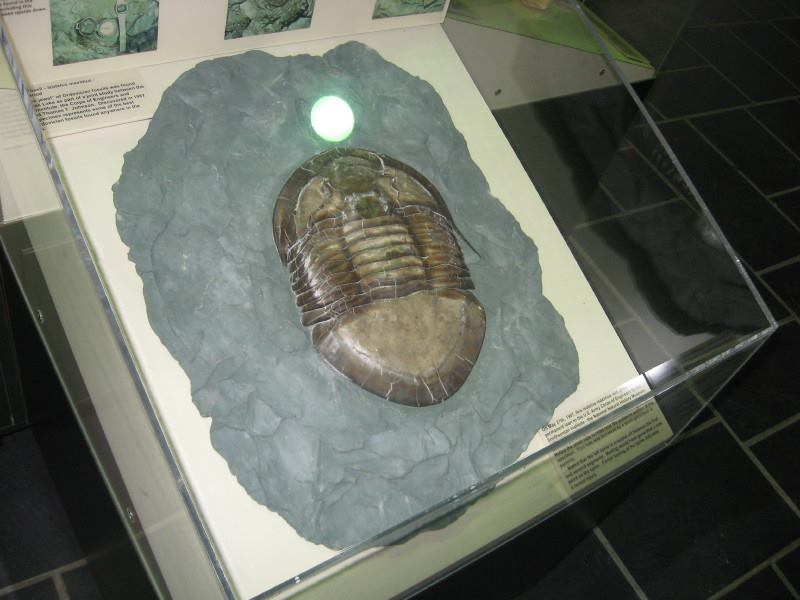
Isotelus maximus
Now on exhibit at Caesar Creek Lake Visitors Center, U.S.Army Corps of Engineers, Waynesville , Ohio. This one was part of the 4000 hour study on the emergency spillway at Caesar Creek 1985-1989. This one in now on permanent loan from the USNMNH Smithsonian Institution, measures 12” and collected by Thomas Johnson.
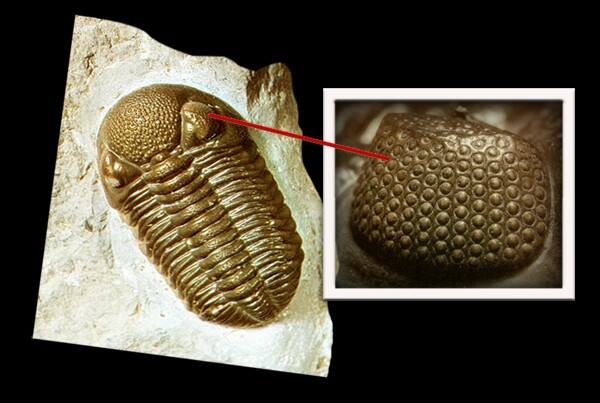
The complex eyes of the Phacops Trilobite
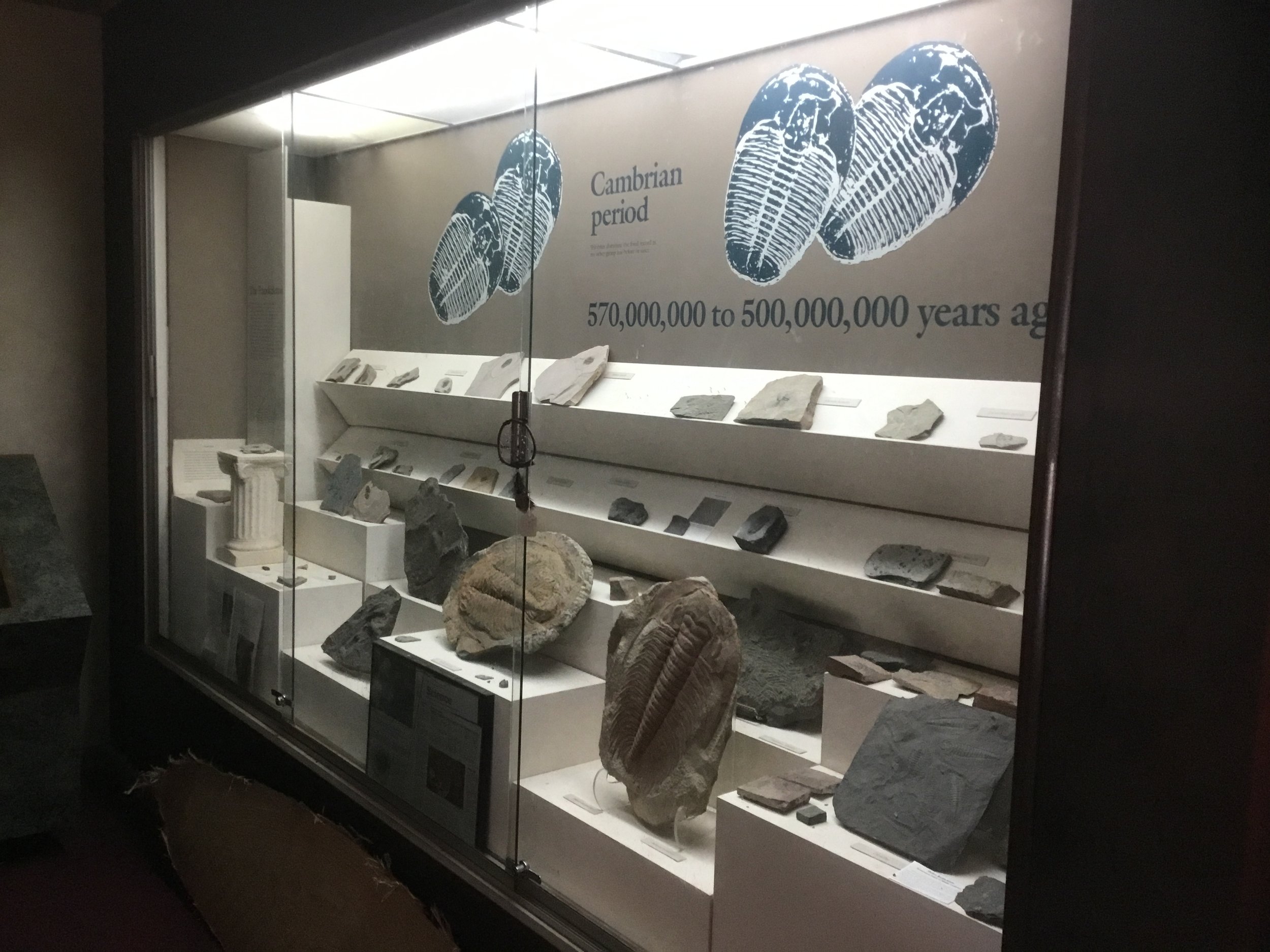
Cambrian Trilobite Exhibit
The Cambrian Trilobite Exhibit was created by the USNMNH, Smithsonian Institution in 1985-1989. And is now on permanent loan to the House of Phacops and open to the public.
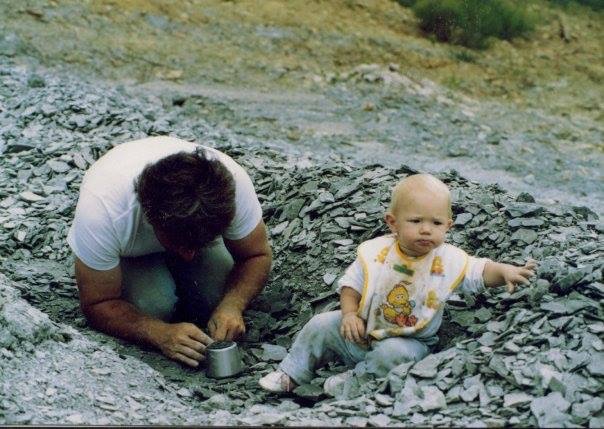
Collecting Trilobites
Here is my Daughter Jessica and I collecting Trilobites in Kentucky, she like myself began at an early age.
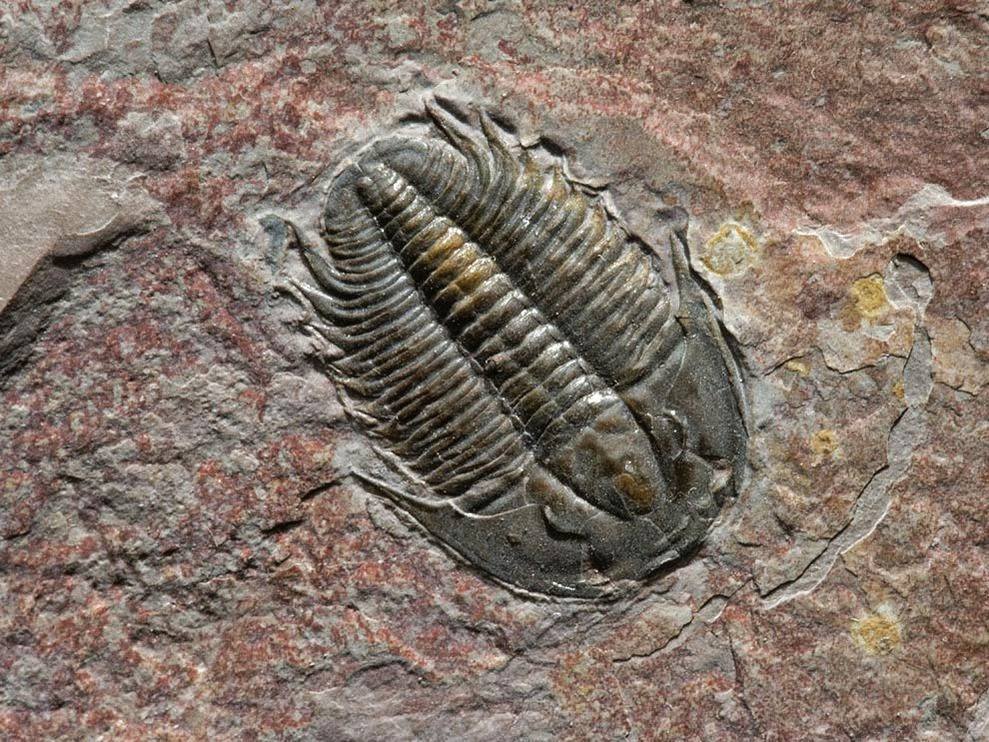
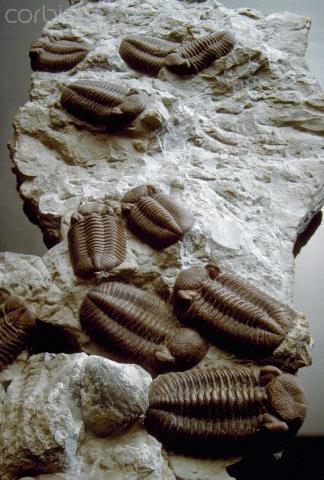
Phacops rana milleri
Collected by Thomas Johnson 1973 while on a 3 day leave from the Army. Later sold in 2010 to the Huston Museum, now on exhibit. ( featured in National Geographic Magazine.
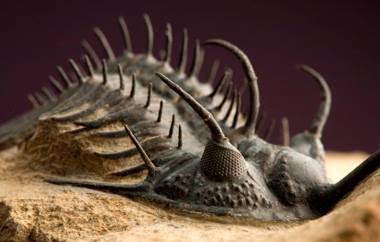
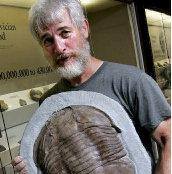
Largest Isotelus maximus recorded.
Found in February 1991 by Thomas Johnson.
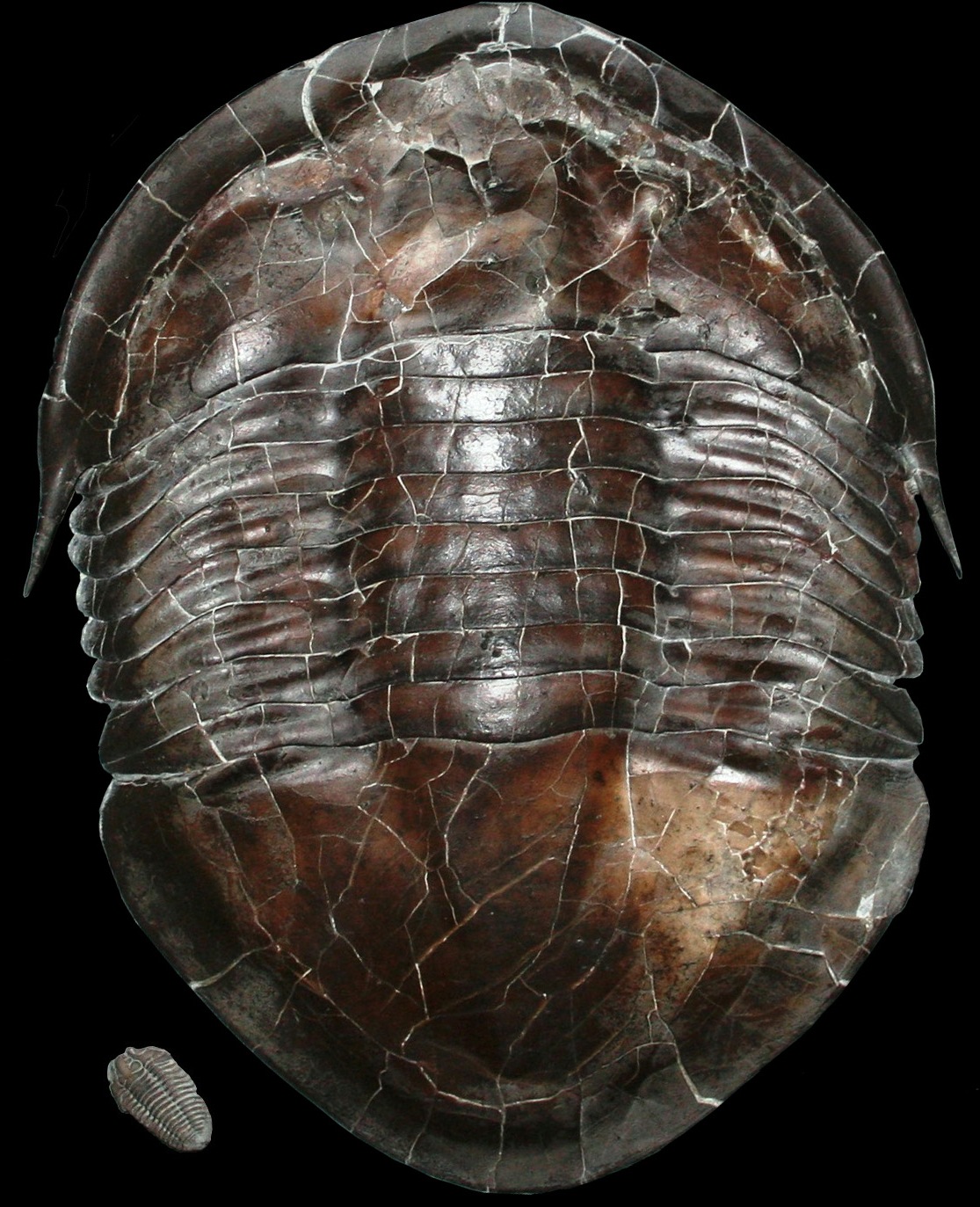
Isotelus maximus
Collected by Thomas Johnson in 1987 near Oregonia, Ohio and now on exhibit at the Boonshoft Museum formerly the Dayton Museum of Natural History.
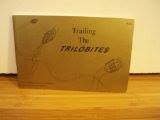
One of my children’s books.
Published in 1989 by Thomas Johnson

Isotelus maximus
Isotelus maximus found by Thomas Johnson and now on exhibit in Shielder Hall, Miami University, Oxford, Ohio. This specimen has the impression exhibited with it. The only one known to exist with negative.
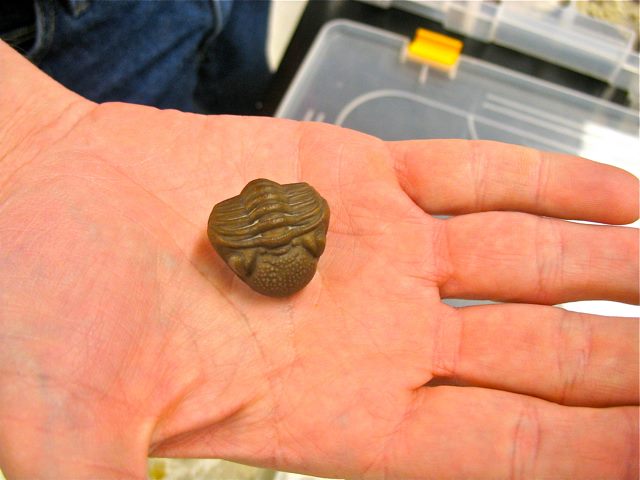
Small enrolled Phacops
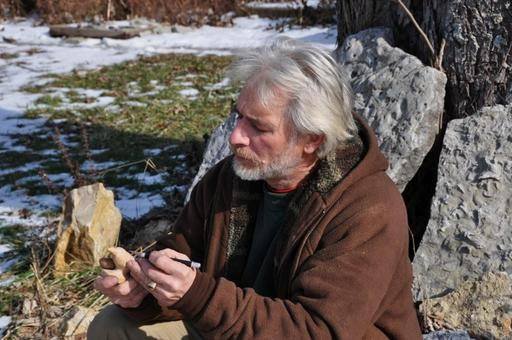

My all color Trilobite
Published in 2003 in 6 languages from the web presses in Italy. You can find them on AMAZON.COM
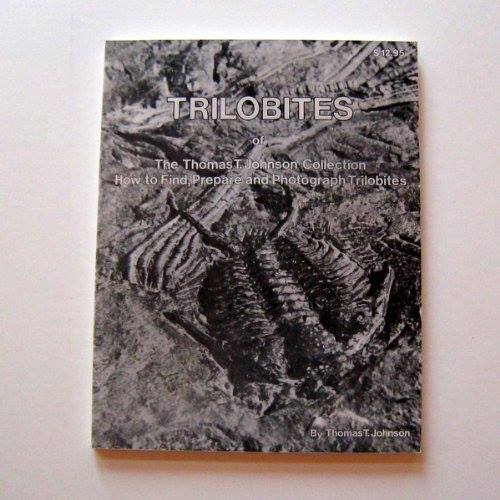
My first book on Trilobites published in 1985.
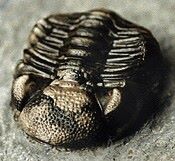
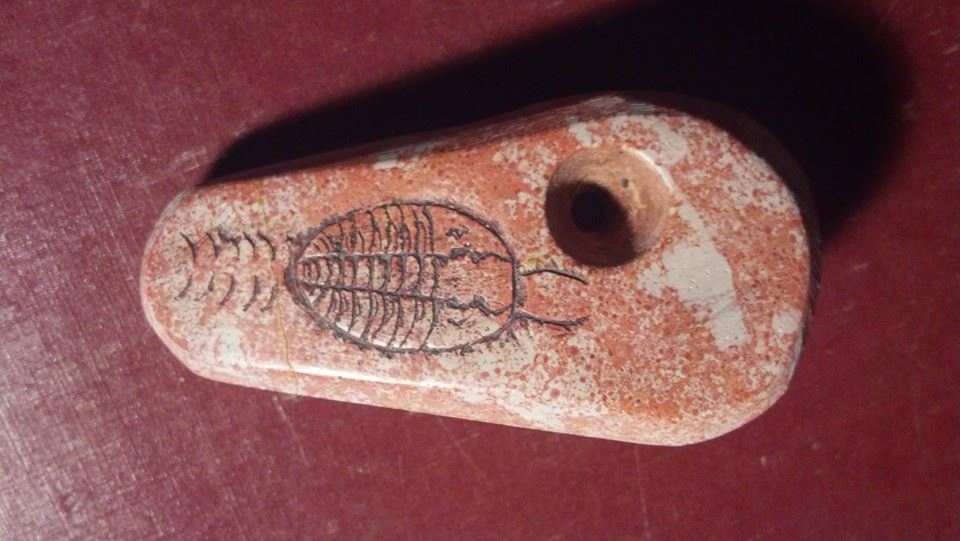
Ohio Pipestone
Made this Trilobite pipe for a customer.
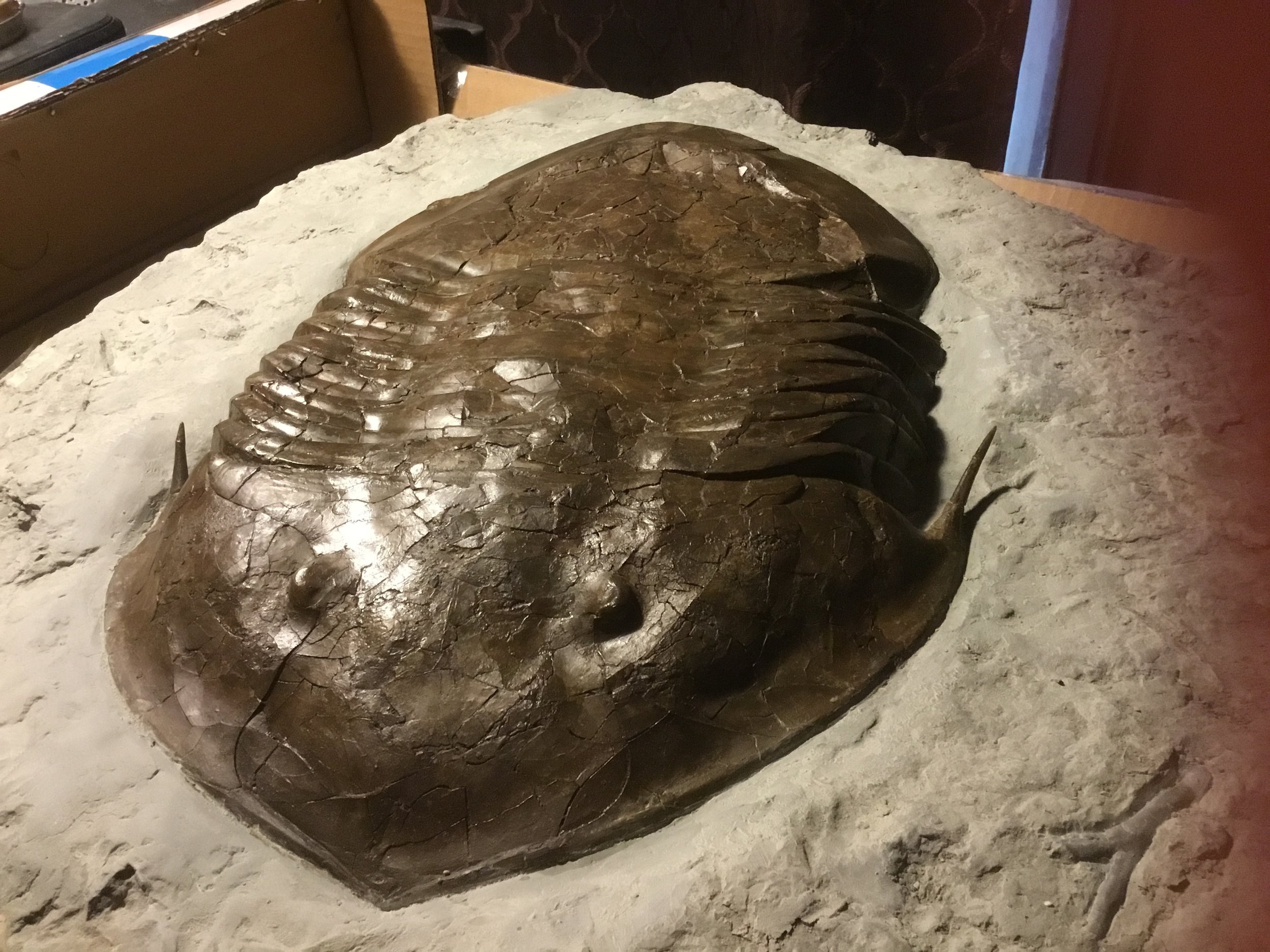
Isotelus maximus
This is the third largest at 15” and collected by Thomas Johnson. Now on exhibit at the House of Phacops.

St.Nick
This Isotelus maximus was found on Christmas Day and named St. Nick. He measured 13 1/2” and is in a private collection in Cincinnati.
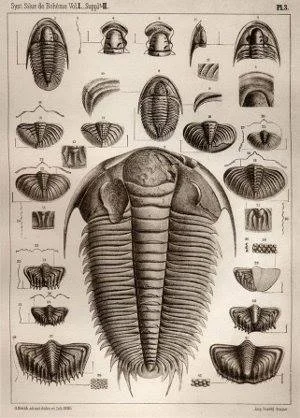
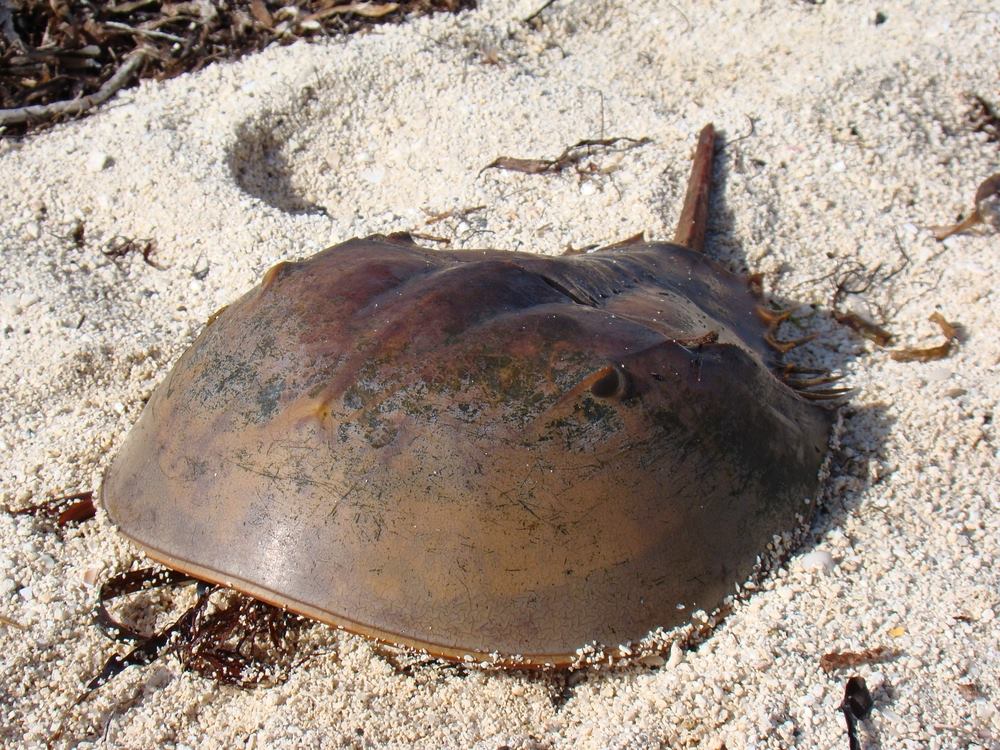
Horseshoe Crab
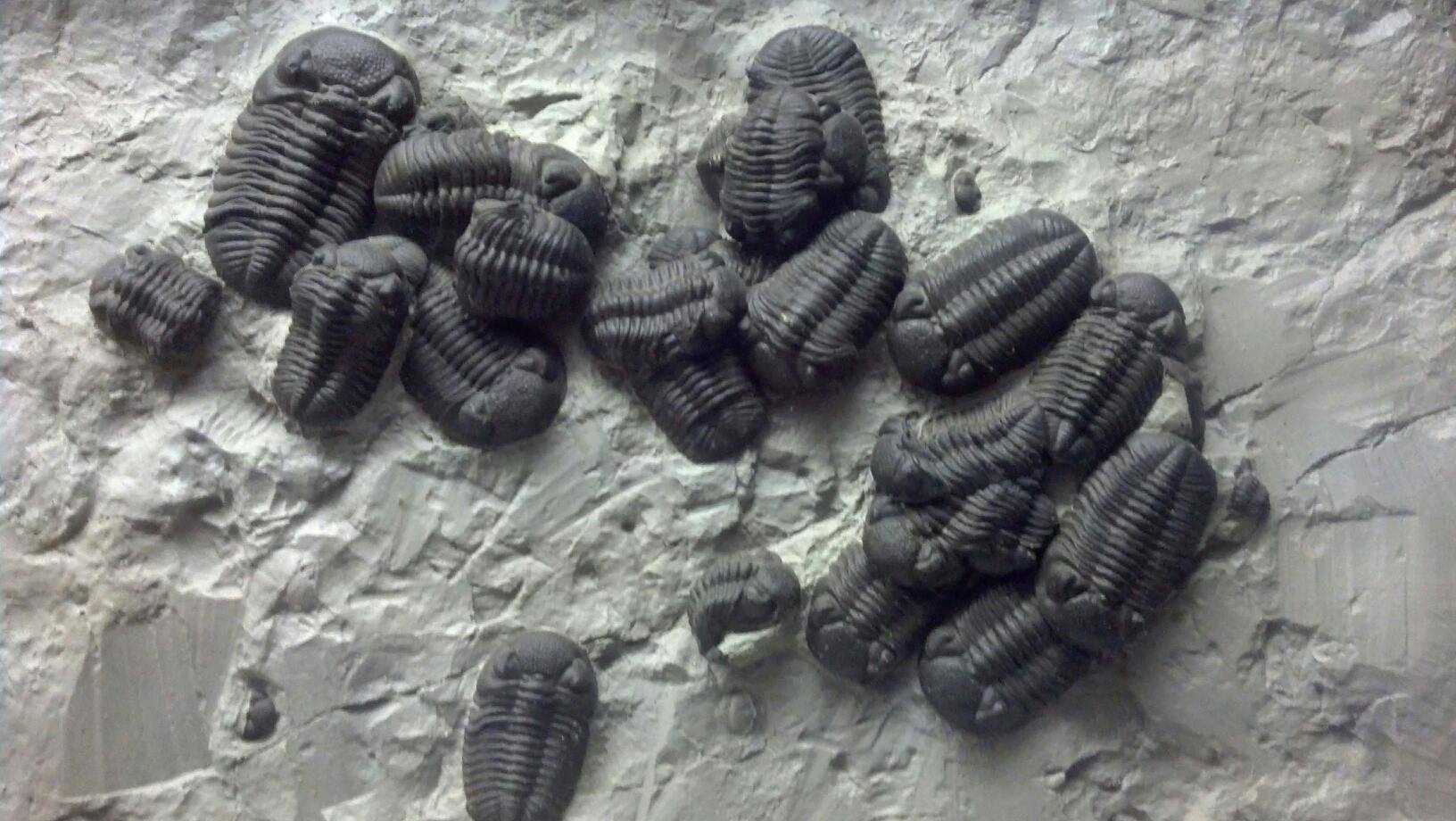
Phacops cast.
Collected by Jeff Aubrey from Sylvania Ohio.

Modocia typicalis
Collected in the Marjum Formation, Millard County, Utah 1981 by Thoms Johnson.
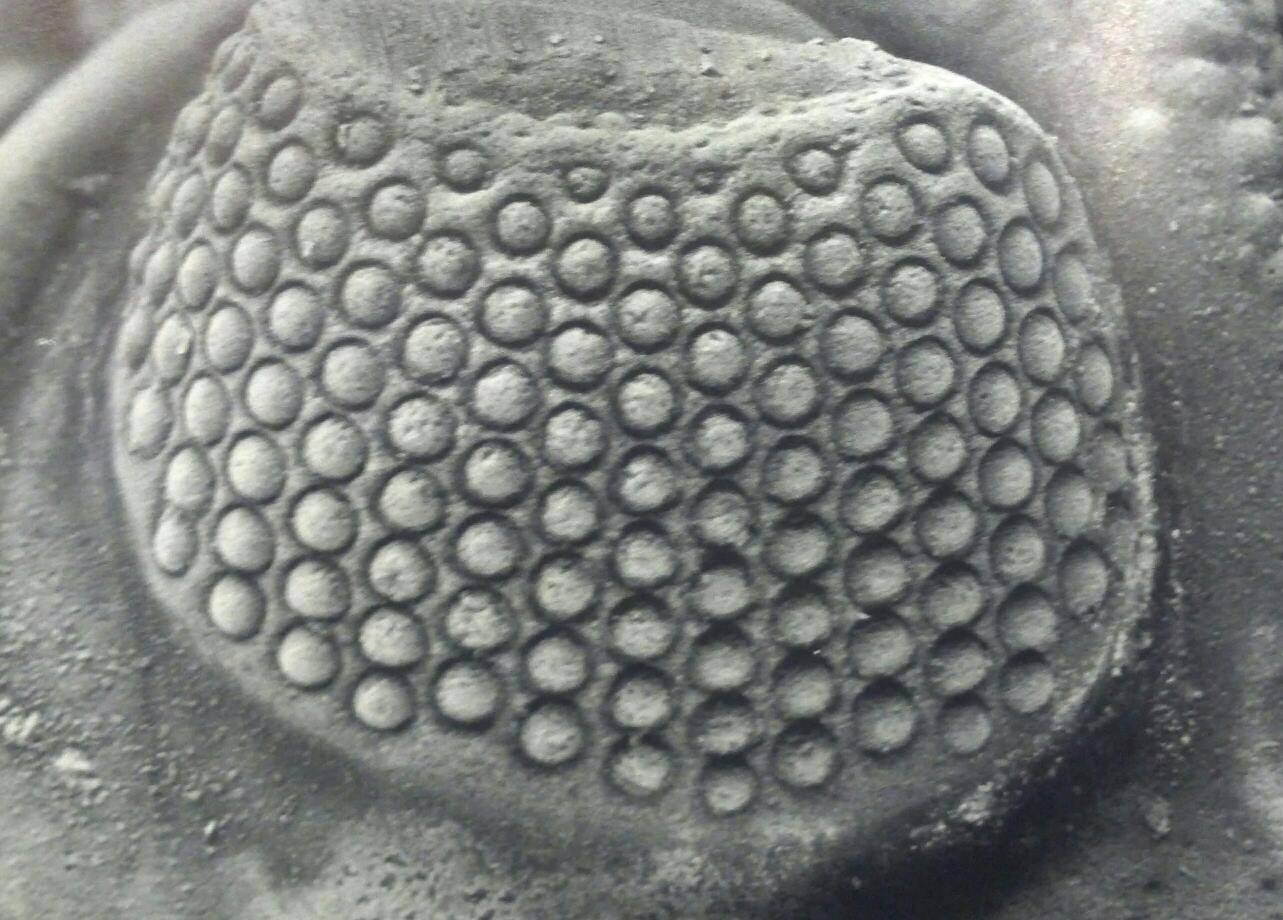
By Thomas Johnson Thunder Rock
This is the Phacops rana milleri trilobite eye. As you can see it has many, as many as 111 per side. The system is called schizochroal and came into existence 450 million years ago during the Ordovician Period and lasted through the Silurian and Devonian or about 100 million years. What makes this so unique is that each of the 111 eyes per side or 222 in all had a cornea and lense, The semi circular pattern of the eye socket allowed the visual field to extend out 360 degrees, far away and up-close, stereo vision. Why you might ask was this necessary. To begin, trilobites were the first creatures on earth to have eyes, except the creator of coarse. That was 545 million years ago. At that time the eye system was Holochroal, that means thousands of lenses and only one cornea. The more advanced Schizochroal system was introduced because predators began to inhabit the seas a
nd the trilobite became their food. The eye system went extinct at the end of the Devonian period and now only the holochroal exist. I grew up collecting the Phacops and have been attracted to them ever since. Can you imagine what they saw at that time...
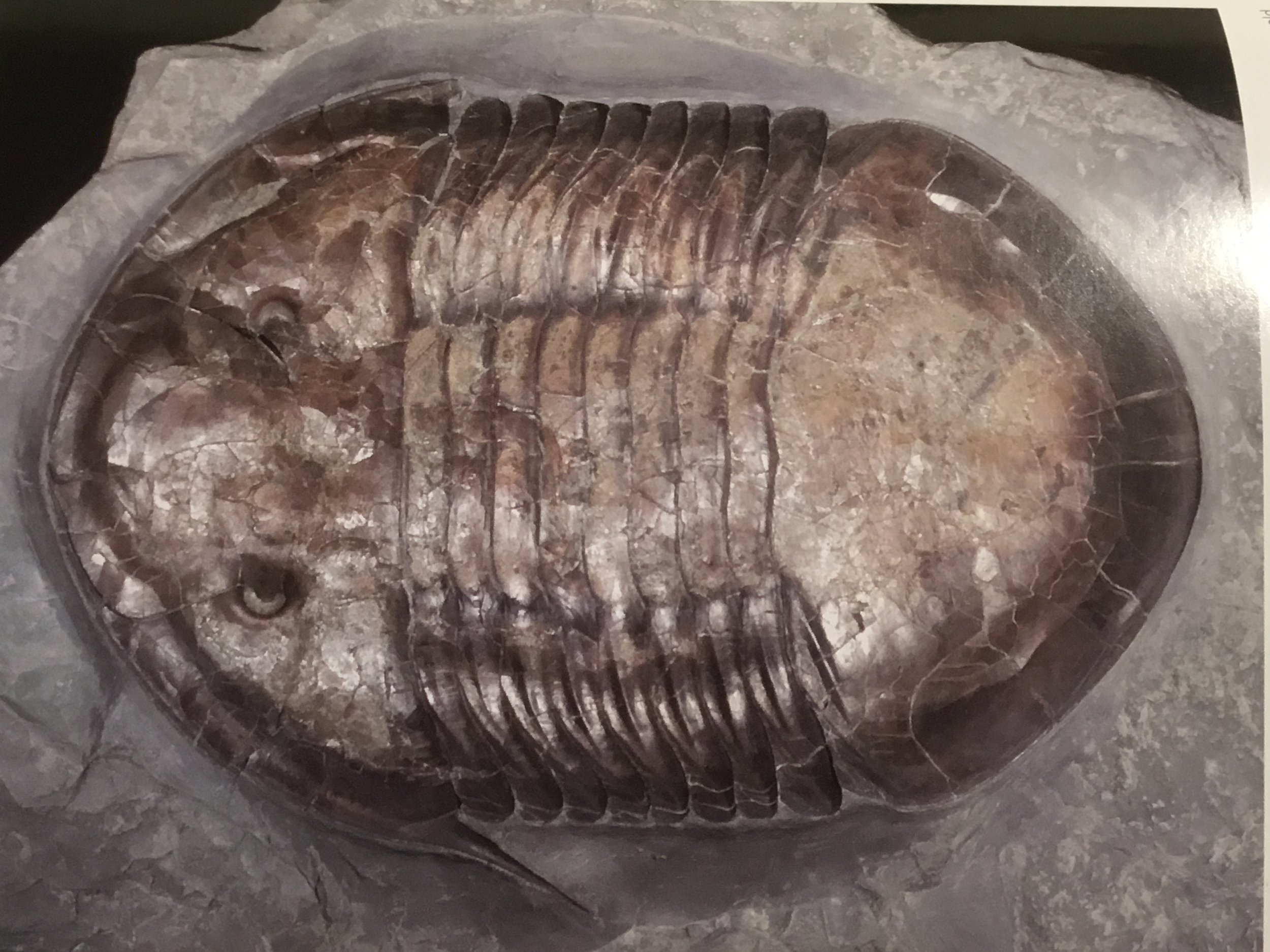
Isotelus maximus
This one was found by Thomas Johnson and in now on exhibit in the Cincinnati Museum Center, measures 15 1/4”.
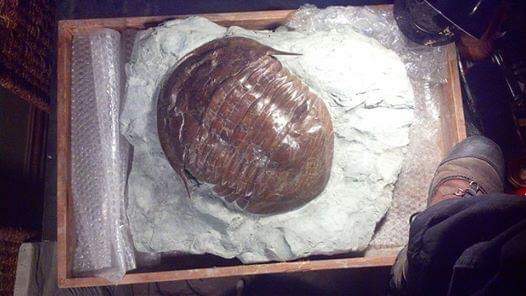
Isotelus maximus
A 14” Isotelus maximus collected by a Thomas Johnson and now on exhibit in the Orton Museum, Ohio State University.
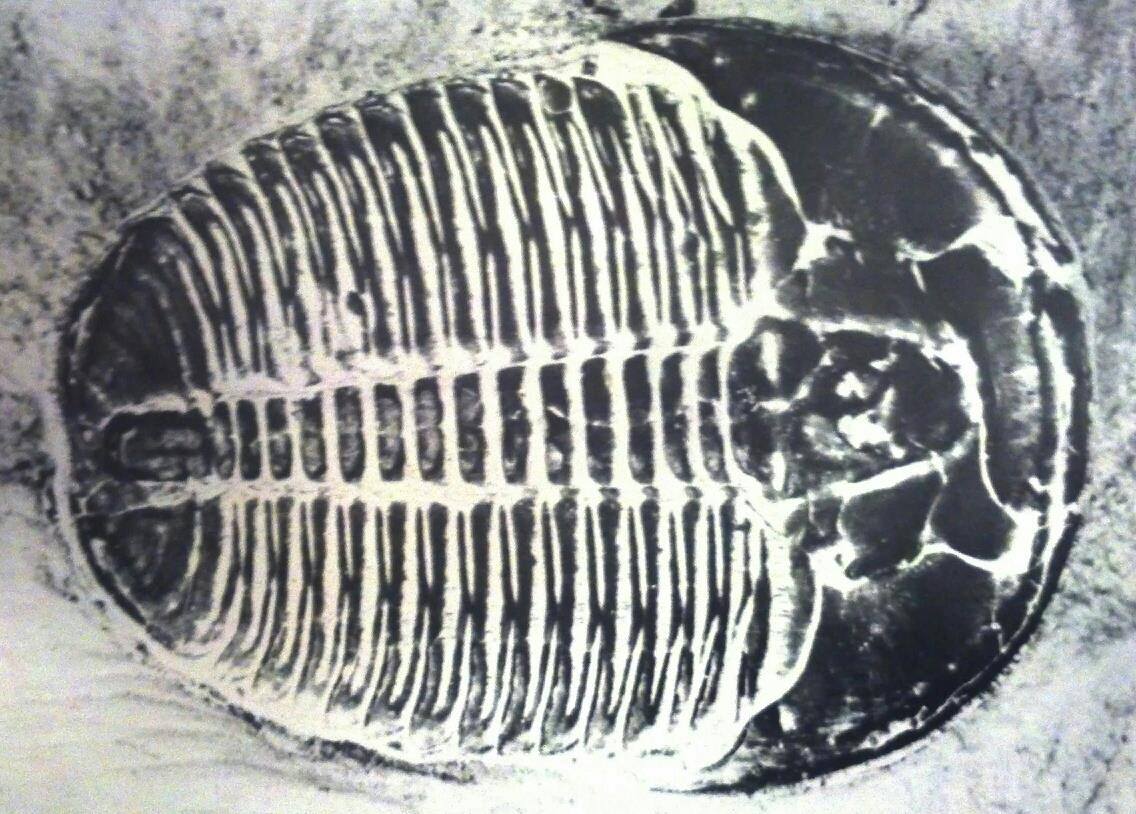
Elrathia kingii
Collected by Thomaas Johnson 1981 from the Wheeler Shale Formation, Millard County, Utah.
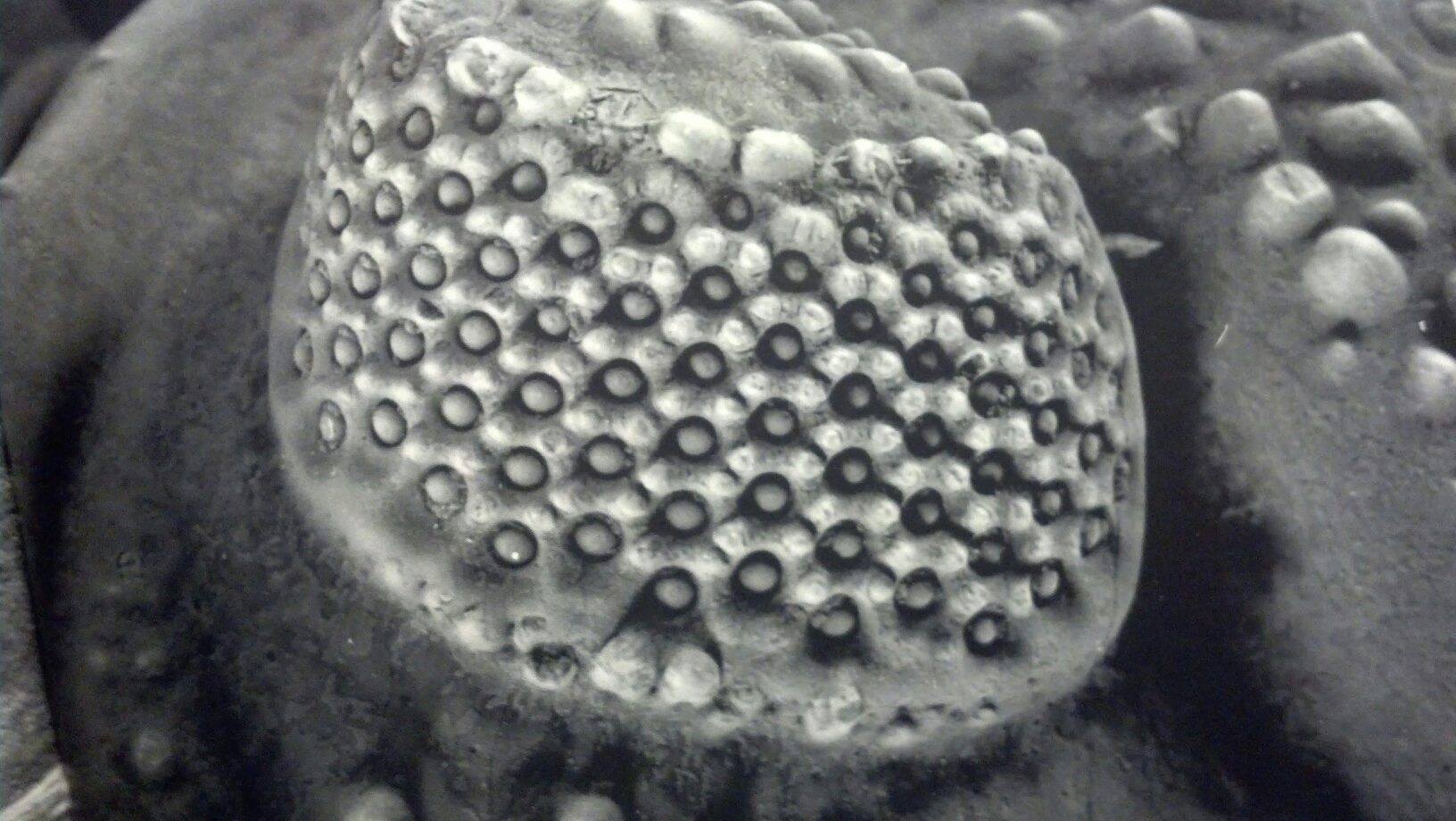
By Thomas Johnson Thunder Rock
This is another eye of a Phacops rana crassituberculata and like the milleri species I posted yesterday, it also is a schizochroal type. This one came from the middle Devonian, Silica Formation but it only has 84 lenses per side or 168 total eyes. The quarry where these specimens are found has long been closed due to government regulations on safety issues. Phacops are found worldwide and they are the official state fossil of Pennsylvania. One last interesting feature about this complex eye, the lease was made of tubular optical calcite. As it turns out, tubular optical calcite is the most perfect optical mineral devised in nature, even better than quartz.


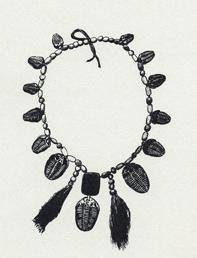

Petroglyph
Petroglyph of a Trilobite made by the Ute Tribe, Utah. Trilobites were used for protection by many tribes across the United States.
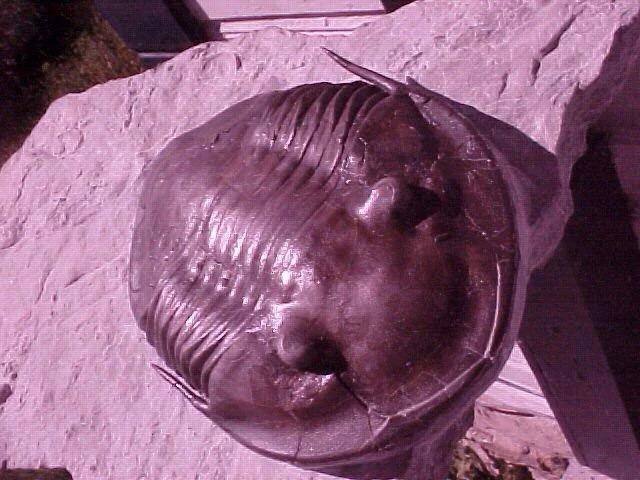
This is Isotelus Maximus. A resident at the House of Phacops he is the official state fossil of Ohio think about all the messages given to us by our stone relatives. Stop by and listen to the messages given by Isotelus maximus!!!

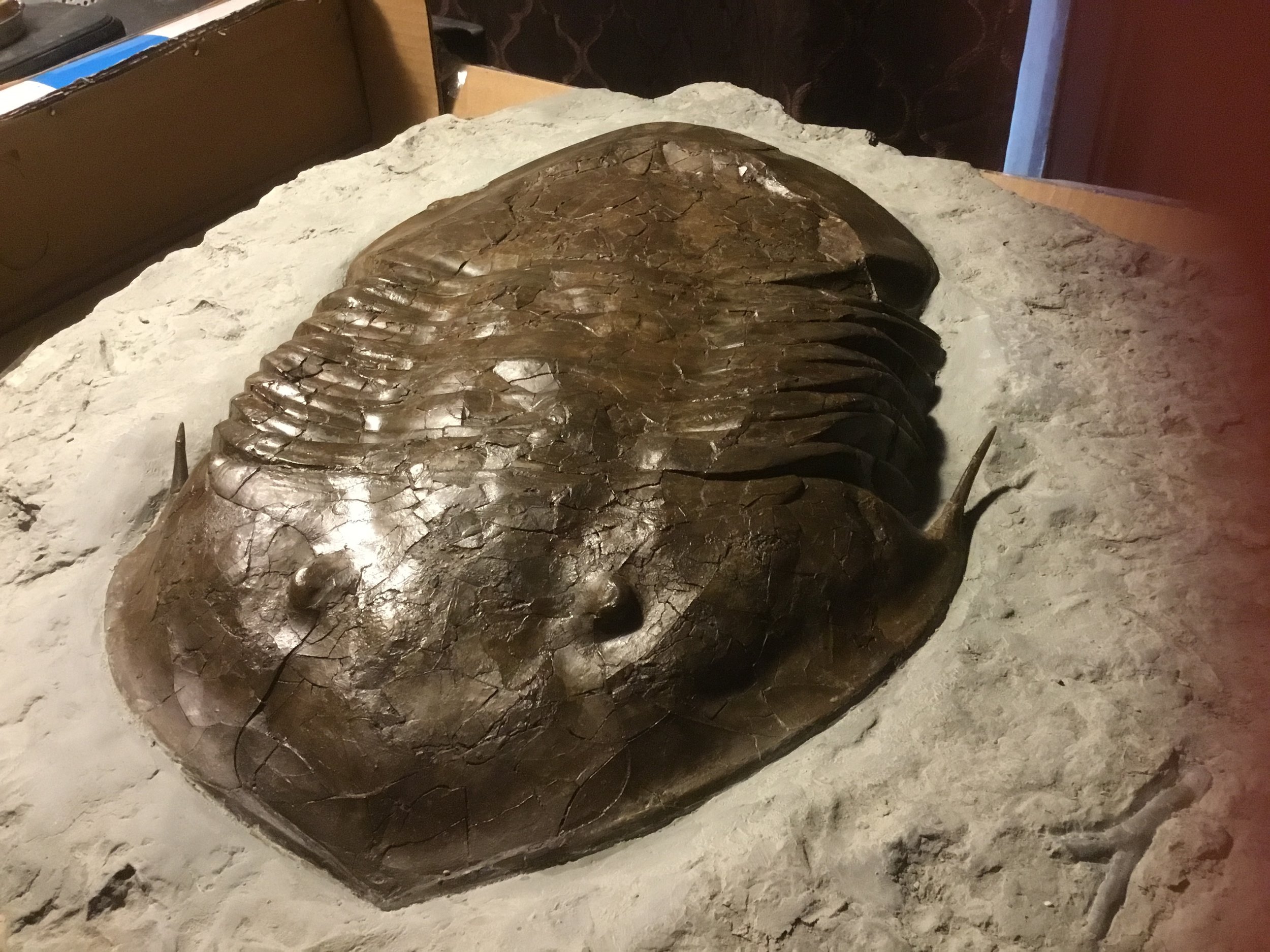
Isotelus maximus
This is the 3rd largest collected by Thomas Johnson, 15” and now on exhibit in my Trilobite gallery at The House of Phacops.

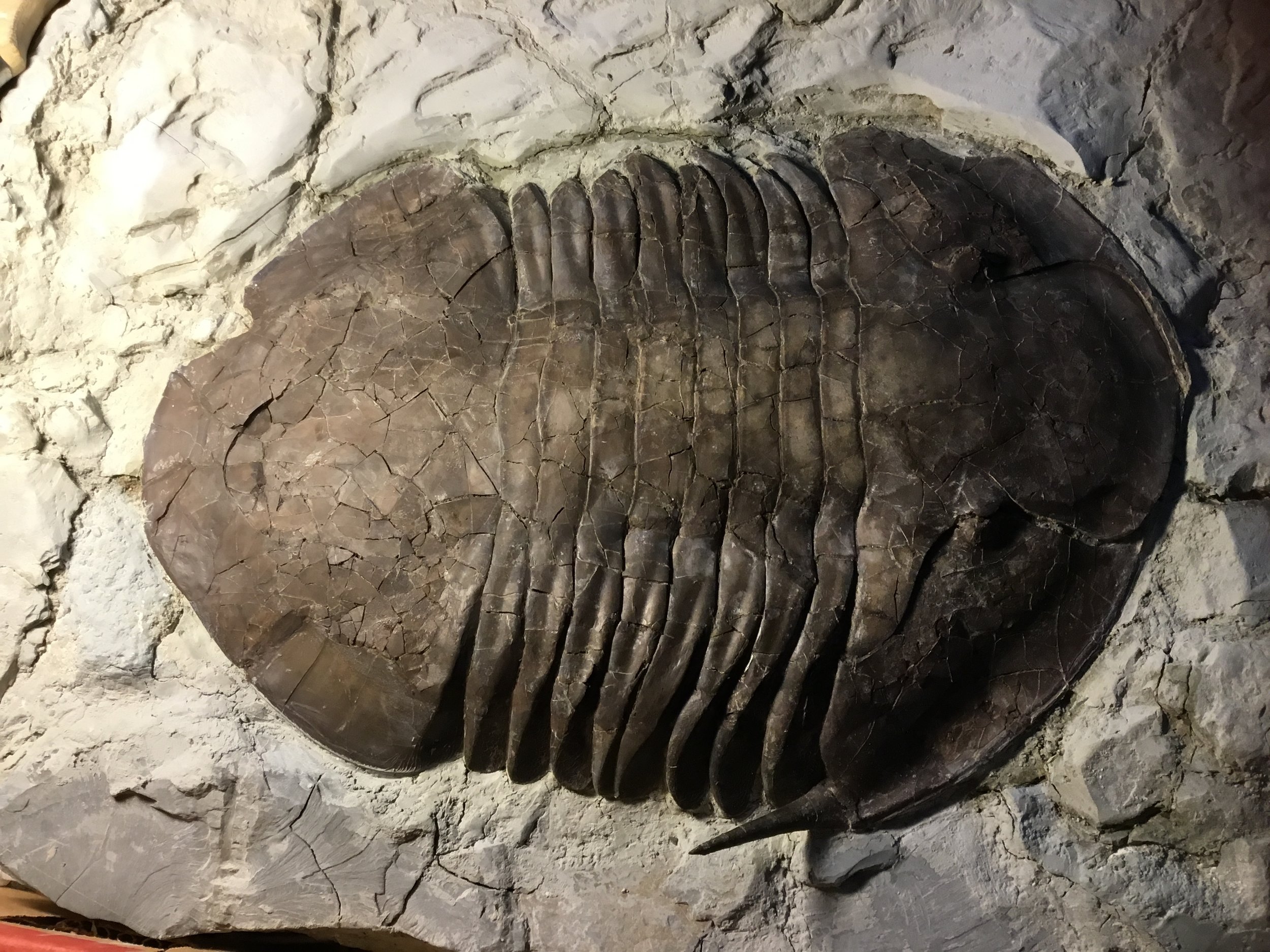
Predated Isotelus maximus
This specimen was attacked by a Cephalopod and the entire left side had chunks of exoskeleton torn off by the predator. It measured 13” and is now in a museum in Quebec, Canada.
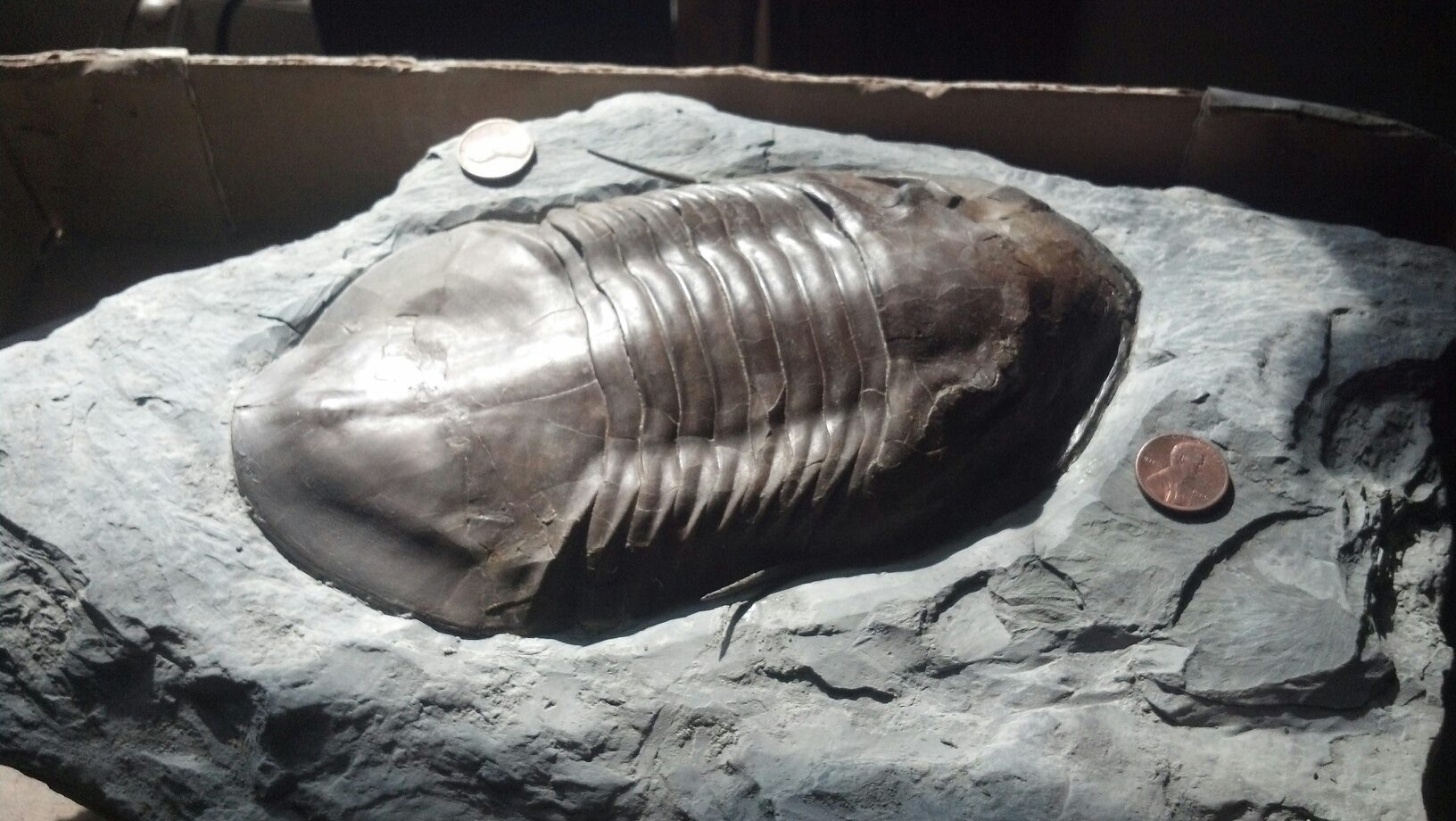
Isotelus maximus
Nice inflated specimen of Isotelus maximus with genial spines extended. Measured 8” and in a private collection.
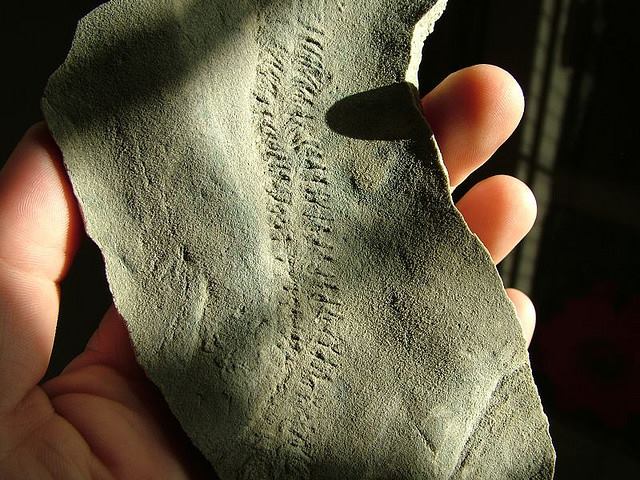
Mississippian Trilobite Tracks
Collected from the Glen Dean Formation, Sulphur, Indiana.

Isotelus maximus
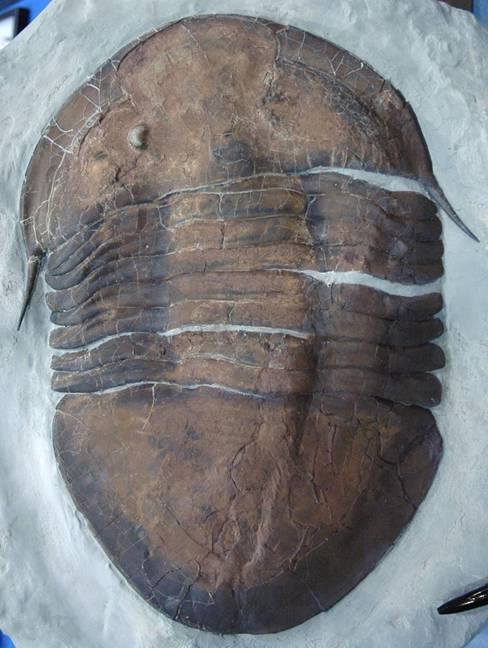
Isis the Isotelus maximus
This Isotelus had one eye as the other one was lost in a battle with a Cephalopod and it healed up. So I called him Isis, he eventually sold to a Japanese collector. Measured 14”
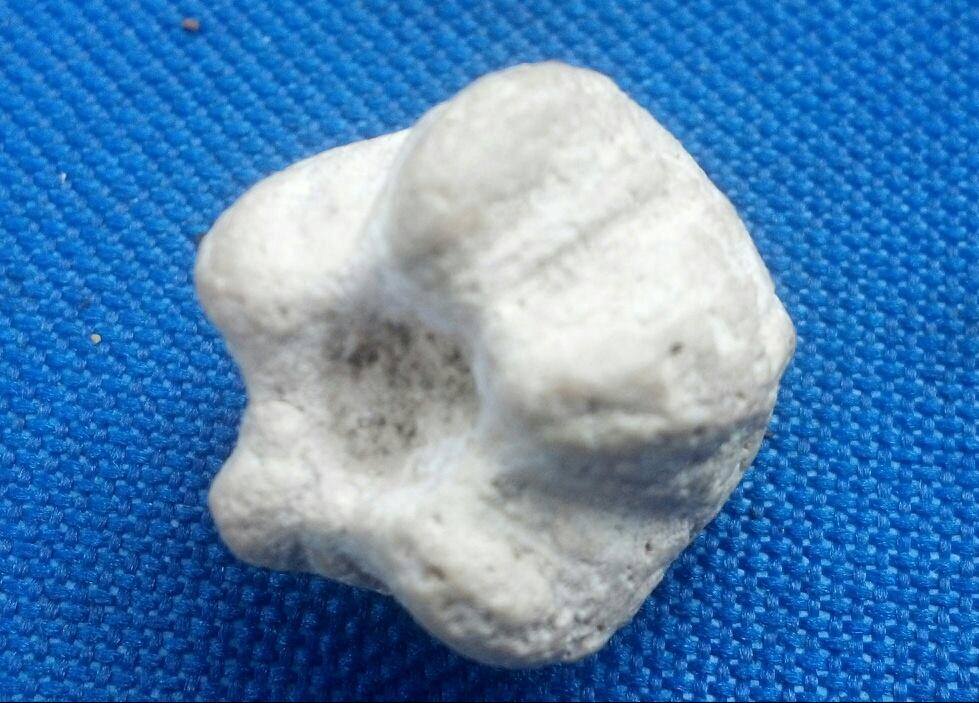
My first Blastoid
Found this Blastoid on the beach near Oxley, Ontario, Lake Erie, the birthplace of my Mother. I was just 5 years old at the time. I still have this one on display in my shop. That was 1957.
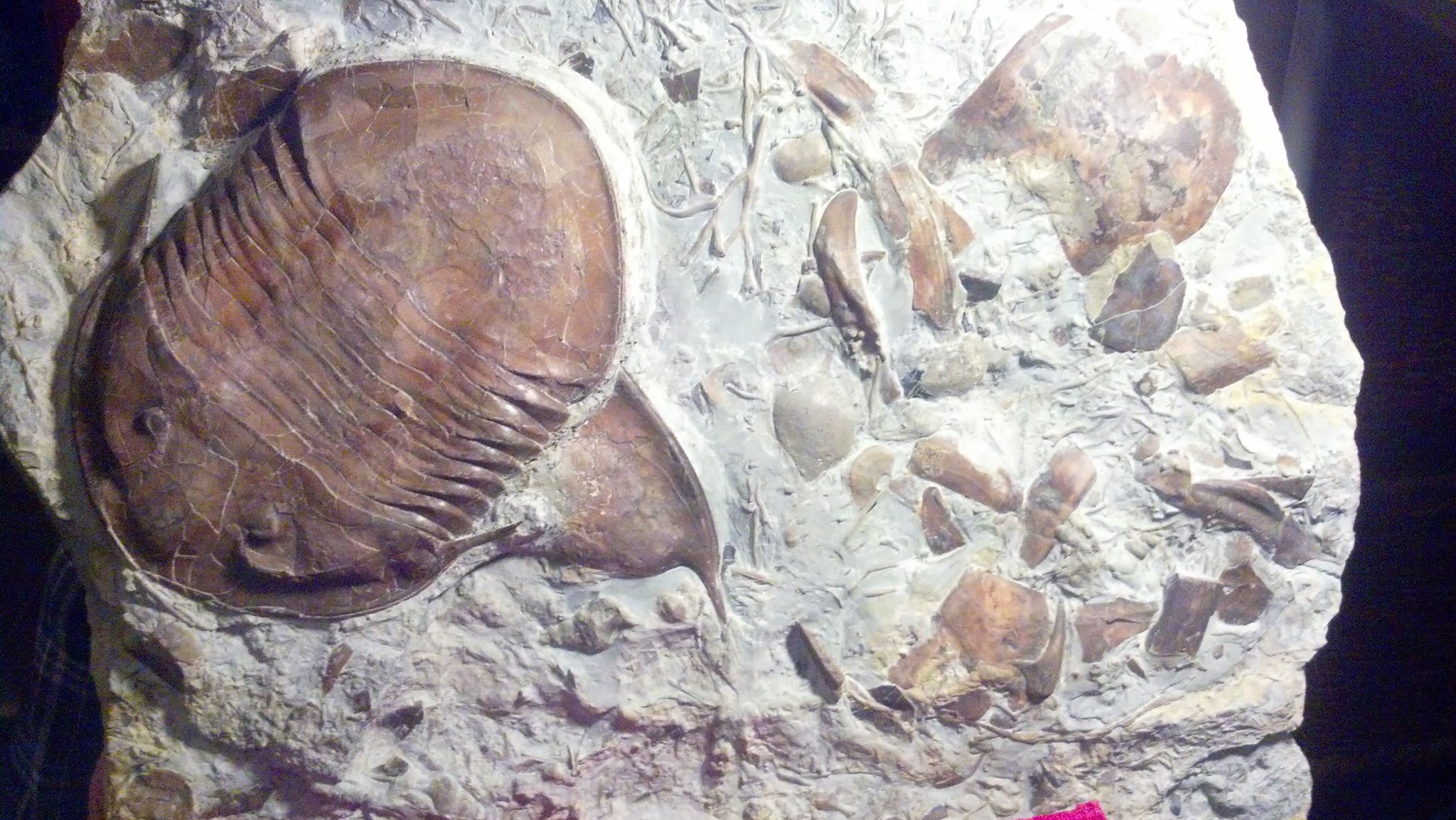
Isotelus maximus
This 10” Isotelus maximus is now in a private collection. The slab had numerals parts of a larger specimen that molted on the same bedding plain. Very unique specimen.
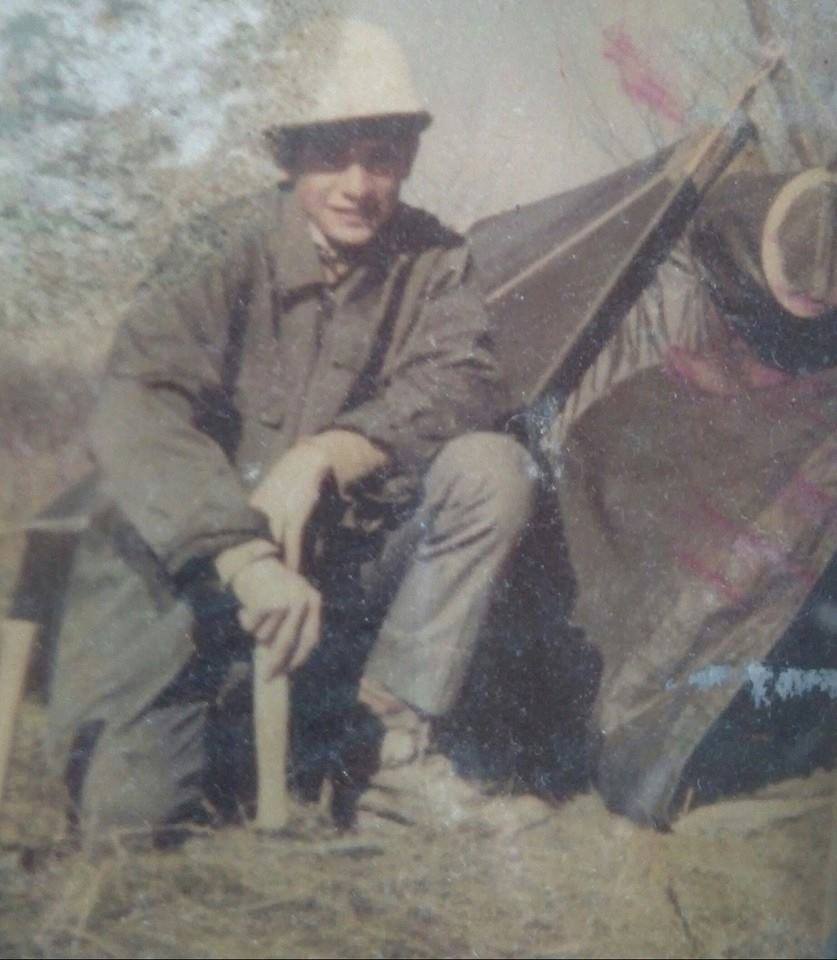
My early years.
This photo was taken at Sylvania, Ohio in 1967. Living the dream..

Isotelus maximus
Here a nice specimen I delivered to a customer in Texas.
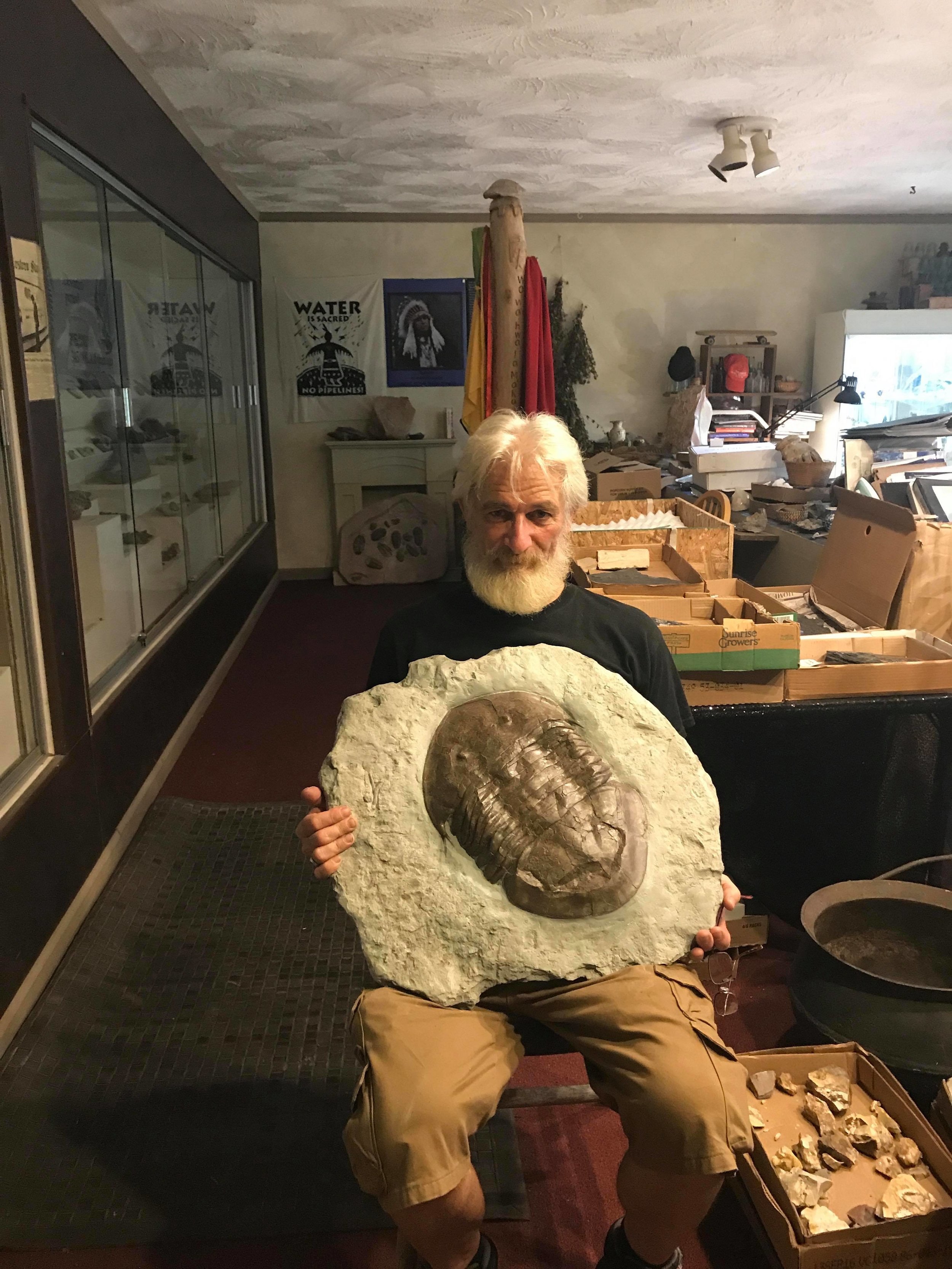
Please Put your arrow over each Picture for the information as written by Thomas T. Johnson
















































